Too thick, or vice versa, a thin layer of glue, poorly prepared floor surface, low temperature during transportation - each of these reasons can lead to the formation of blisters.
In order to minimize their appearance, manufacturers advise:
- before laying, keep the material in a straightened state for at least two days;
- treat floors with special compounds that improve adhesion;
- select an adhesive base based on the characteristics of the material and the level of humidity in the room;
- at the final stage of installation, roll over the entire surface of the coating to ensure a tighter fit.
What can be done if the work technology has been partially followed, the linoleum is already on the floor, a swelling has formed on its surface, and you don't want to disassemble the floor at all?
The key to a perfect fit is adherence to technology.
Heat and puncture
This method is suitable for eliminating bubbles in the event that their size is small, and the coating was planted with glue during installation. When heated, linoleum becomes elastic and easily adheres to the floor.
Regardless of where the bubble is: next to the wall or in the center of the room, it must be pierced with an awl or a thick needle.
The puncture will be less noticeable if done at a 45-degree angle.
Through the resulting hole, squeeze out all the air that has accumulated under the coating, then heat the linoleum a little with an iron or a hair dryer. This can be done only through a dense piece of fabric folded in several layers.
After the material heats up and becomes soft, you need to draw a little solvent into the syringe and inject it into the puncture. The dried glue on the linoleum surface will dissolve, and a snug fit will be ensured due to changes in the properties of the material itself.
To ensure a snug fit to the floor, the repaired area of the coating must be pressed down with a load for 48 hours.
A dumbbell or pot of water is ideal as a load.
Cut without heating and glue
If the swelling is large, it will not be possible to eliminate it with a puncture and heating. It is necessary to make a small crosswise incision in the very center of the bubble, release all the accumulated air from it and press it tightly to the floor with a weight of 10-20 kg.
The knife should be sharp, then the cut will be almost invisible.
After a couple of hours, you can start re-gluing the linoleum. To do this, you need to type special glue into a syringe with a thick needle, carefully apply it to the back of the floor covering, and press down firmly with a load for 48 hours.
Small bulges do not need to be cut; it is enough to pierce and glue them.
Basically, the technology is the same as for removing bubbles from wallpaper.
Video instructions
Another way to remove blisters on linoleum not glued to the floor without punctures in the video:
If the bubbles have not disappeared after several attempts to remove them on their own, it means that serious mistakes were made when laying the coating.In this case, the linoleum will still have to be rebuilt.

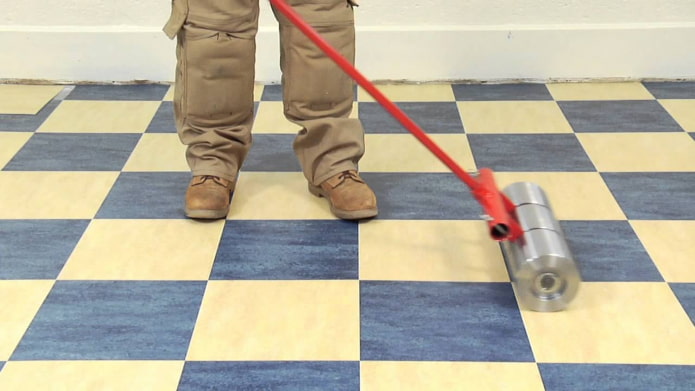
 10 practical tips for arranging a small kitchen in the country
10 practical tips for arranging a small kitchen in the country
 12 simple ideas for a small garden that will make it visually spacious
12 simple ideas for a small garden that will make it visually spacious

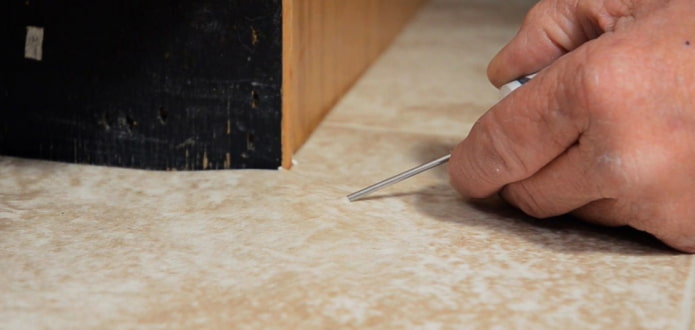
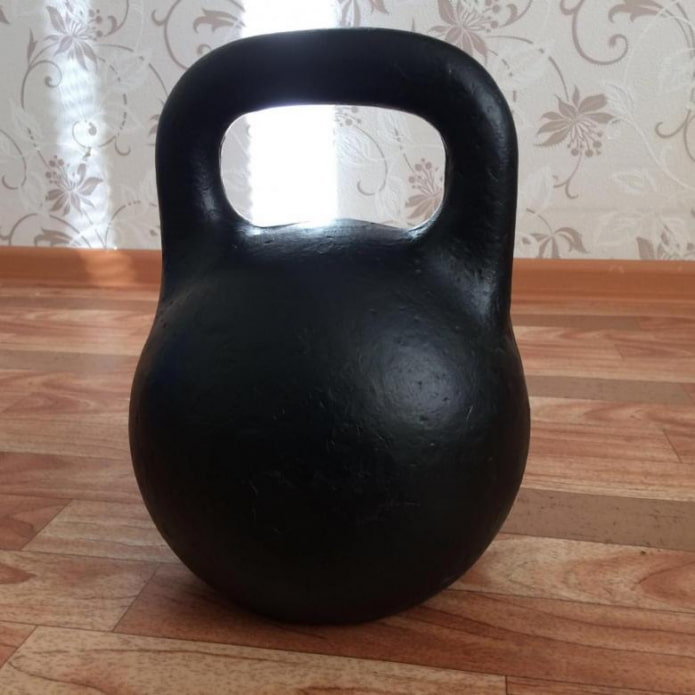
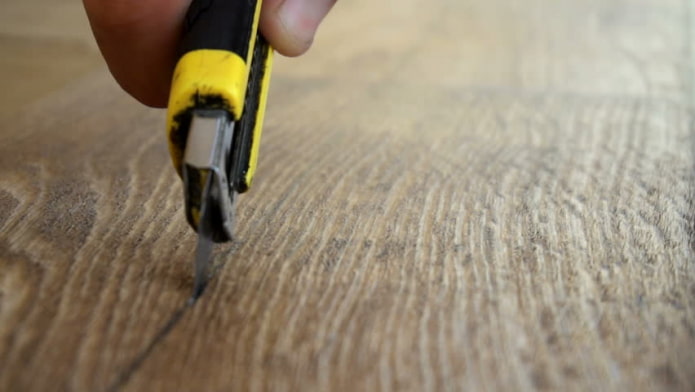
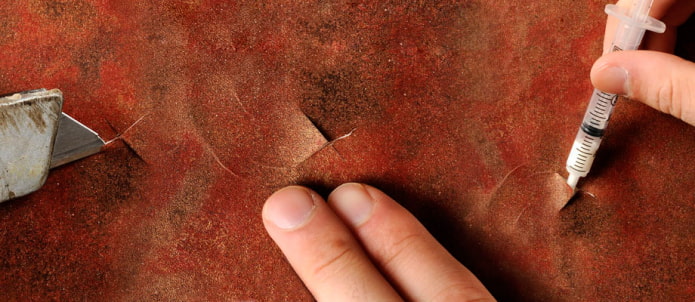
 What is better not to do it yourself during the repair?
What is better not to do it yourself during the repair? The worst decisions in apartment renovation
The worst decisions in apartment renovation  Installation of ceiling tiles: choice of materials, preparation, order of work
Installation of ceiling tiles: choice of materials, preparation, order of work How to glue a ceiling plinth to a stretch ceiling?
How to glue a ceiling plinth to a stretch ceiling? Ceiling plinth for stretch ceiling: types, recommendations for selection
Ceiling plinth for stretch ceiling: types, recommendations for selection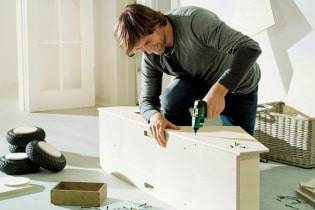 How to choose a screwdriver for your home?
How to choose a screwdriver for your home?